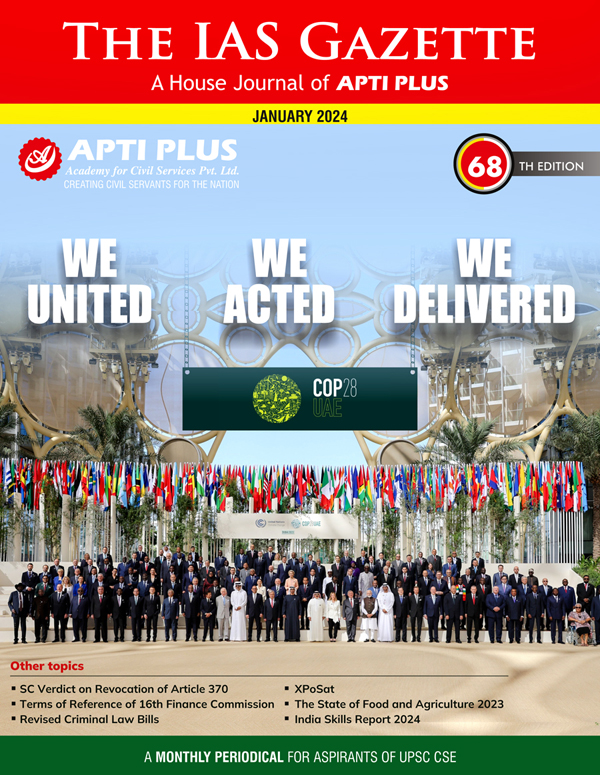
Disclaimer: Copyright infringement not intended.
Context
Various brands are now making some high-end MagSafe-compatible chargers. While some brands have succeeded in it, others are still struggling to find their way through it.
Details
MagSafe and How it Works
- Wireless Charger/Power Bank: MagSafe is a technology introduced by Apple that combines a wireless charger with a power bank. It is designed to work seamlessly with devices that support wireless charging, such as iPhones.
- Magnetic Connection: MagSafe utilizes a magnetic connection between the charger and the back of the compatible mobile phone, ensuring a secure and efficient charging process.
How MagSafe Works:
- Device Compatibility: MagSafe chargers are specifically designed for devices that support wireless charging, such as the iPhone 12 and above models.
- Magnetic Alignment: The MagSafe charger attaches to the back of the mobile phone through magnets. These magnets ensure a precise alignment between the charger and the device, optimizing the charging efficiency.
- Circuit Completion: Once attached, the magnets on the MagSafe charger complete a circuit with the magnetic components on the back of the mobile phone. This enables the flow of electric current between the charger and the device, initiating the charging process.
Charging Mechanism:
- Wireless Charging: The wireless charging feature relies on the magnetic connection and alignment to transfer power from the MagSafe charger to the device.
- Wired Charging: Some MagSafe power banks, like the Ambrane model mentioned, offer both wireless and wired charging options. Wired charging provides higher charging speeds.
Advantages of MagSafe:
- Efficient Charging: The magnetic alignment ensures efficient power transfer.
- Secure Connection: Strong magnetic hold prevents accidental detachment.
- Compact Design: MagSafe power banks offer high capacity in a compact form factor.
Considerations:
- Device Limitations: MagSafe chargers are primarily compatible with specific devices that support wireless charging.
- Brand Variations: Various brands produce MagSafe-compatible chargers with differences in design, features, and pricing.
About Wireless Charging
- Wireless charging is a technology that allows devices to charge without the need for physical cables.
- It has gained significant popularity in recent years as a convenient and efficient method for powering up various electronic devices.
Principles of Wireless Charging:
- Wireless charging is based on the principles of electromagnetic induction and resonance.
- When an electric current passes through a coil in the charging pad (transmitter), it generates an electromagnetic field.
- Placing a compatible device with a receiving coil near the pad allows the energy to be transferred wirelessly and converted back into electric current to charge the device.

Electromagnetic Induction:
- Faraday's Law: Wireless charging relies on Faraday's law of electromagnetic induction, formulated by Michael Faraday. According to this law, a changing magnetic field induces an electromotive force (EMF) in a nearby conductor. In wireless charging, the transmitter coil generates a varying magnetic field, inducing an EMF in the receiver coil, initiating the flow of electric current.
- Maxwell's Equations: James Clerk Maxwell's equations describe the behavior of electric and magnetic fields. The interplay of these fields is crucial in understanding the propagation and reception of electromagnetic waves, forming the basis for wireless charging
Resonant Inductive Coupling:
- Resonance Frequency: Resonant inductive coupling involves tuning the frequencies of the transmitter and receiver coils to be closely matched. This resonance enhances the efficiency of power transfer. The system resonates at a specific frequency, allowing for optimal energy transfer between the coils.
- Coupling Coefficient: The coupling coefficient, representing the degree of energy transfer between coils, is a critical parameter. Higher coupling coefficients result in more effective power transmission.
Wireless Power Transfer (WPT) Efficiency:
- Ohmic and Eddy Current Losses: In the process of wireless power transfer, energy is dissipated due to ohmic losses in the coils and eddy current losses in surrounding materials. Optimizing the design of coils and using materials with minimal electrical resistance helps enhance efficiency.
- Quality Factor (Q Factor): Q factor is a measure of the efficiency of resonant circuits. In wireless charging, a higher Q factor indicates lower energy losses during the transfer process.
Quantum Mechanics Aspects:
- Quantum Inductance: At the quantum level, the concept of quantum inductance becomes relevant. It describes the response of a superconducting loop to changes in magnetic flux, which can be applied to the design of superconducting coils for more efficient wireless charging.
- Quantum Tunneling: Quantum tunneling effects may influence the behavior of electrons in the coils, impacting the overall efficiency of wireless charging systems.
Material Science:
- Magnetic Materials: The choice of materials for the coils is crucial. Soft magnetic materials with high permeability help in concentrating and directing the magnetic flux, improving the efficiency of energy transfer.
- Dielectric Materials: Dielectric materials are used to insulate and separate the coils. Understanding the dielectric properties of materials aids in minimizing energy losses due to capacitance effects.
Electromagnetic Field Theory:
- Hertzian Waves: The wireless charging process involves the generation of Hertzian waves, which are electromagnetic waves named after Heinrich Hertz. These waves propagate through space and are essential for the wireless transfer of energy.
- Antenna Theory: The principles of antenna theory are relevant, especially in RF and microwave wireless charging technologies, where transmitting and receiving antennas play a crucial role in energy transfer.
Wireless Charging Technologies:
There are several wireless charging technologies, including:
- Qi Wireless Charging: Qi is the most widely adopted standard, used by many smartphones and other devices. It operates through electromagnetic induction.
- Resonant Wireless Charging: This technology uses resonant inductive coupling, allowing for greater spatial freedom and efficiency.
- Radio Frequency (RF) Wireless Charging: Uses radio frequency signals to transfer power wirelessly.
- Microwave Wireless Charging: Employs microwaves to transmit power over longer distances.
Components of Wireless Charging System:
- Transmitter (Charging Pad): Generates the electromagnetic field.
- Receiver (Device): Contains the coil to receive the energy and convert it into electric current.
- Power Management System: Controls the power flow to optimize charging efficiency.
Applications of Wireless Charging:
- Smartphones and Tablets: Many modern smartphones and tablets support wireless charging.
- Wearables: Smartwatches, fitness trackers, and other wearables often utilize wireless charging.
- Electric Vehicles (EVs): EVs can be charged wirelessly using inductive charging pads embedded in parking spaces.
- Medical Devices: Wireless charging is used in various medical devices, including implants and wearable health monitors.

Advantages of Wireless Charging:
- Convenience: No need for physical cables.
- Efficiency: Advanced systems minimize energy loss during transmission.
- Durability: Reduced wear and tear on charging ports.
- Reduced E-Waste: As wireless charging becomes more common, it may contribute to reducing the need for disposable charging cables, potentially decreasing electronic waste.
Challenges and Considerations:
- Efficiency Loss: Some energy is lost during wireless transmission.
- Compatibility: Not all devices support wireless charging.
- Cost: Wireless charging components can add to the cost of devices.
Conclusion
In summary, MagSafe technology combines the convenience of wireless charging with the practicality of a power bank. Its magnetic connection and efficient charging mechanism make it a popular choice for users looking for a hassle-free charging experience, especially with devices that support this technology. Different brands offer variations in design and additional features, providing users with options based on their preferences and requirements.
|
PRACTICE QUESTION
Q. Evaluate the impact and potential implications of wireless charging technologies on sustainable development. (250 Words)
|




